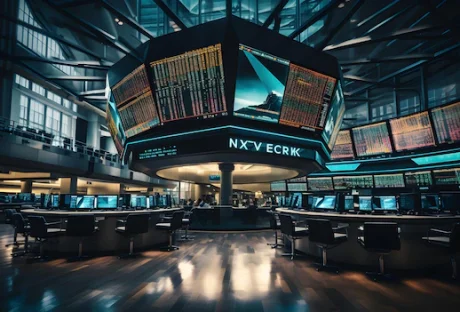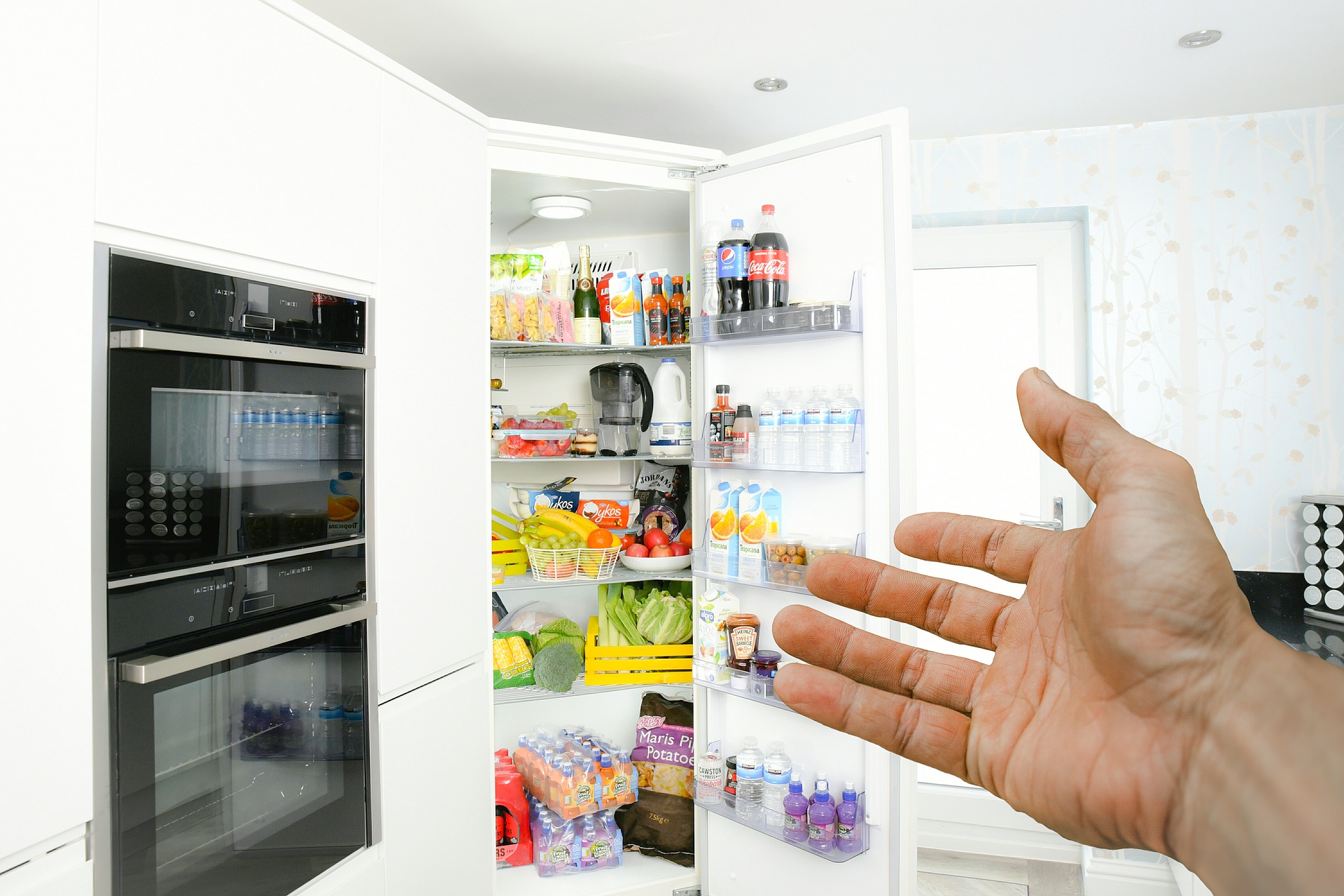Negotiating your salary can be a difficult and intimidating process, but it doesn’t have to be.
With the right knowledge and preparation, you can take charge of the conversation and be in a better position to get the salary you deserve.
Checkout 7 Prime Employment Law Tips To Negotiate Your Salary:
Here are some tips from employment lawyers that will help give you the confidence to negotiate your salary successfully.
1. Know Your Worth

Before entering negotiations, research typical salaries for your industry and job title, as well as what other employees at your company are making. Having this information handy will give you a better idea of what would be considered fair compensation for your role.
Knowing what is appropriate for the industry and having data to back up your claims will help support your request for more money.
2. Practice Makes Perfect
Negotiations can be nerve-wracking, so try practicing with friends or family members before actually sitting down with an employer. Go through real-life scenarios so you can learn how to respond effectively in various situations, and make sure you feel comfortable articulating your points regarding any situation presented during negotiations.
3. Don’t Sell Yourself Short
When negotiating a salary offer, never undervalue yourself or accept an offer that is too low without exploring all of your options first. When considering a job opportunity, remember that salary isn’t everything; bonuses, vacation days, health insurance contributions, and other benefits should also factor into the equation when calculating whether an offer is right for you.
4. Do Your Due Diligence

Be sure to ask questions about job duties and responsibilities during interviews; this way there won’t be any surprises once you start working at the company if there are additional tasks that weren’t discussed prior to hiring.
Additionally, make sure to ask about potential opportunities for raises or promotions before accepting a job offer so there won’t be any miscommunication later on down the line about expectations for future growth within the company.
5. Be Prepared for Rejection
If an employer doesn’t budge on their initial offer after negotiations, don’t take it personally; they may simply not have room in their budget to pay out higher salaries at that particular time.
However, if they do reject you outright without considering counteroffers or trying to come up with another solution, then it could be best to consider looking elsewhere for employment opportunities. You don’t want to settle for something that isn’t ideal just because it’s offered immediately available from them.
6. Know Your Rights
It is illegal for employers to discriminate against applicants based on anything regarding national origin, sexual orientation, religion, gender, race, or physical disability.
This means employers cannot pay certain individuals less than others based solely on these factors; therefore, it is important that applicants understand their rights before entering into negotiations with potential employers.
This way, they can know when they are being treated unfairly by employers who may try to take advantage of them due to their protected status. All of these things should not be asked about when speaking to upper management about getting an increase in your salary.
7. Be Confident

Confidence is key when negotiating salaries; employment lawyers like Levitt LLP recommend you stay focused on what value you bring to the table rather than worrying about making mistakes or saying something wrong during negotiations.
You should also remain firm in your stance while being respectful of the other person’s opinion; remember that negotiation is part of the business, so don’t let emotions get in the way! Just like any other skill, practice makes perfect when it comes to negotiating salaries; eventually, you’ll become more comfortable in these situations.
Read Also:






















